How are the female cycle, exercise and nutrition related?
Just six percent of sports science studies (as of 2021) address women-specific topics. The menstrual cycle is still a taboo subject. Accordingly, necessary and important specialist knowledge is lacking. However, comprehensive knowledge is crucial for optimizing an athlete's training and performance. The existing knowledge—and certainly the personal experience of every athlete—shows that the female cycle can have a significant impact on women's athletic performance and nutritional needs.
To integrate your cycle into your training, it's recommended to first understand your own cycle. This can be achieved by acquiring knowledge and keeping a cycle diary for monitoring. Then, you can adjust your training during menstrual cramps, and as a final step, you can utilize the hormonal fluctuations during your cycle to optimize your performance.
With input from Dr. Tanja Hetling, doctor of the Swiss women's national team, we've compiled examples of how training and nutrition can be adjusted throughout your cycle. Every body is different, and these guidelines are meant as tips to try out. Listen to your body and do what's best for you.
Phase 1 – Menstruation (1st to 3-8th day):
During menstruation, light activities such as yoga or walking can help alleviate any discomfort. Antioxidant and iron-rich foods are important, as are sufficient vitamins and drinking plenty of fluids.
Phase 2 – Follicular phase (3-8th day until ovulation, approx. 14th day):
During this phase, energy levels increase. Strength training is more effective due to higher estrogen levels. Observe warm-up and cool-down phases during training and eat a balanced diet with sufficient protein and carbohydrates. Make sure you consume complex carbohydrates, especially before training.
Phase 3 – Luteal phase (from ovulation approximately 15 days to 5 days before the start of menstruation):
Body temperature rises, and muscles can break down faster. Eating more protein than carbohydrates, along with healthy fats, and drinking plenty of water after training are important. Pay attention to your fluid intake in general and active recovery measures.
Phase 4 – Premenstrual phase (1 to 5 days before your period):
Rest and sleep are the focus. Light preventative exercise is recommended, as is a balanced diet to prevent cravings.
Very important for all phases: Make sure you get enough energy, including carbohydrates, especially if you're training hard. Starving yourself isn't good at any stage!
Another good example of how cycle-oriented training can look in practice is in the Overview graphic by Swiss Olympic. It shows what the Swiss Football Association, which has integrated the cycle into its daily training routine for both the first team and the youth teams, does for each cycle phase in the areas of "activation," "regeneration," and "nutrition." The graphic also links to further materials, such as training exercises and smoothie recipes appropriate for the cycle phases.
Source and link to other women-specific topics in (top-level) sport: https://www.swissolympic.ch/athleten-trainer/frau-spitzensport/focusedthemen

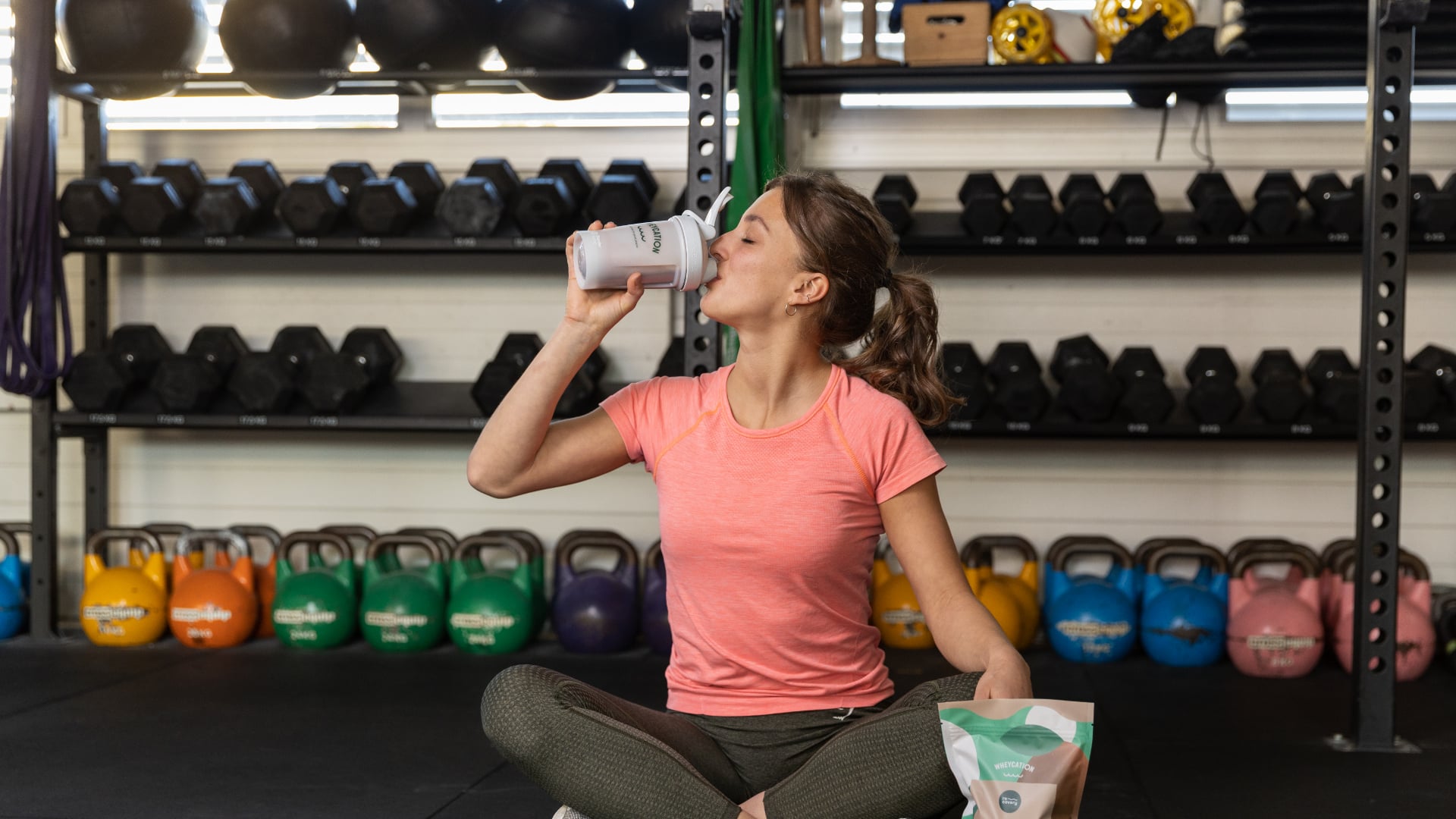
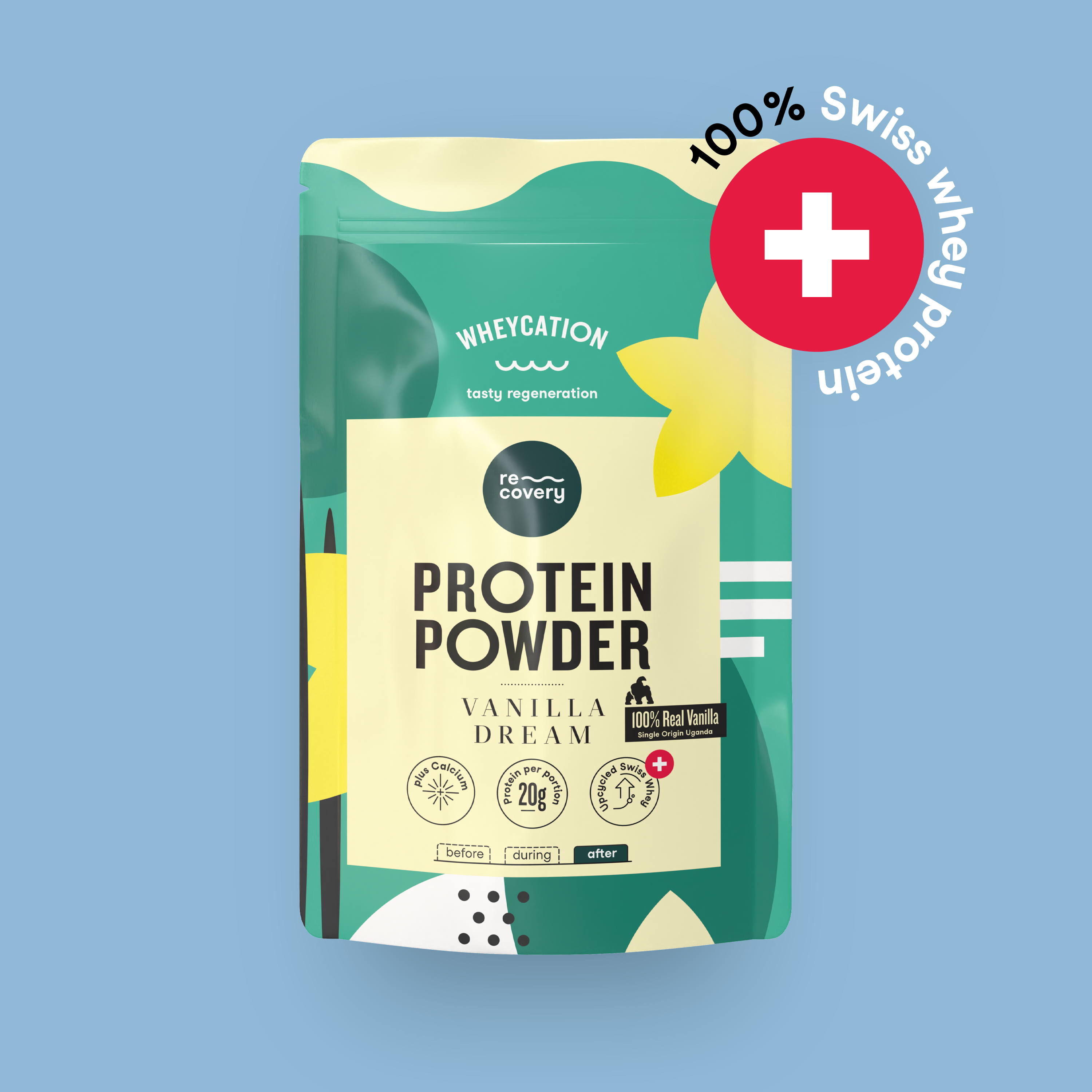

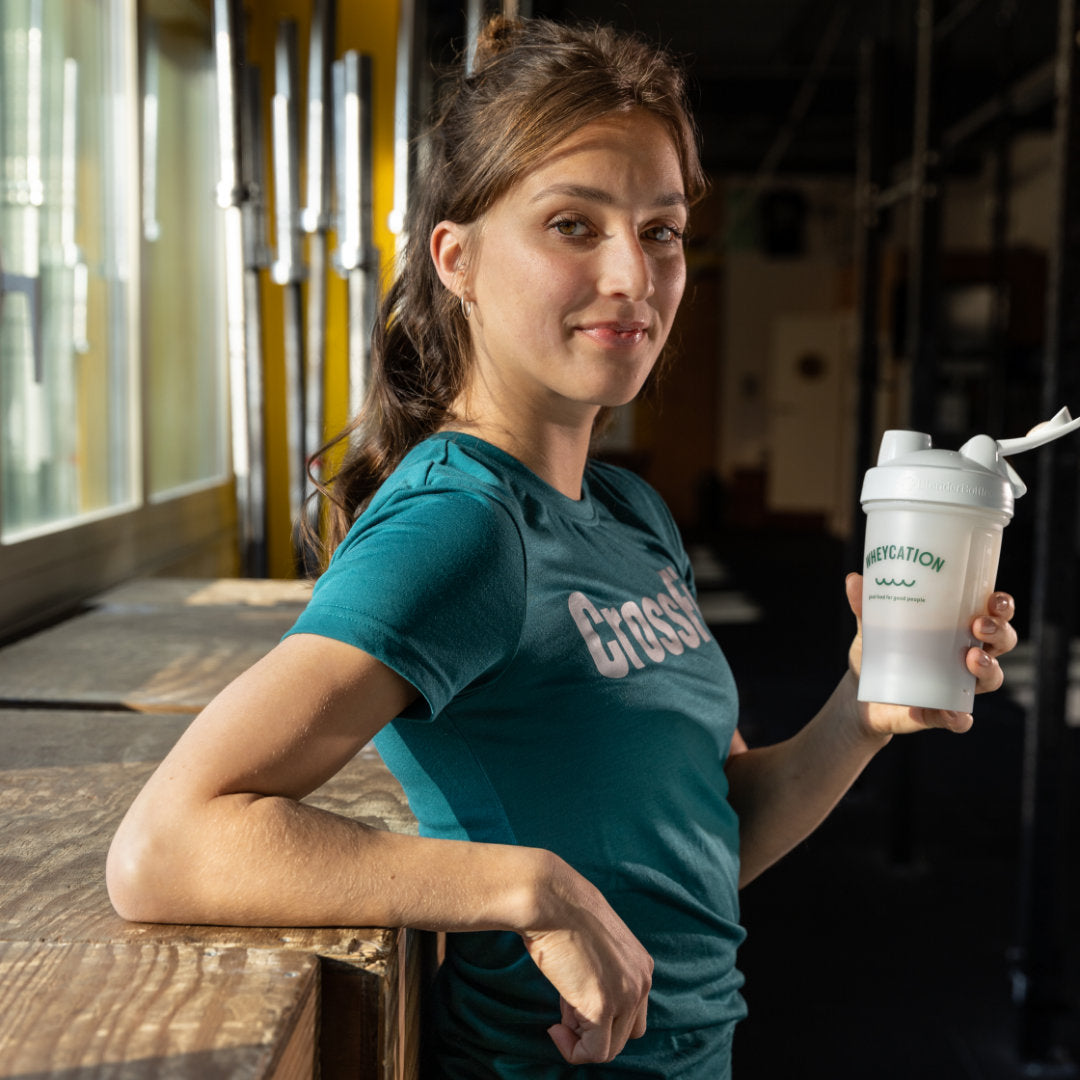
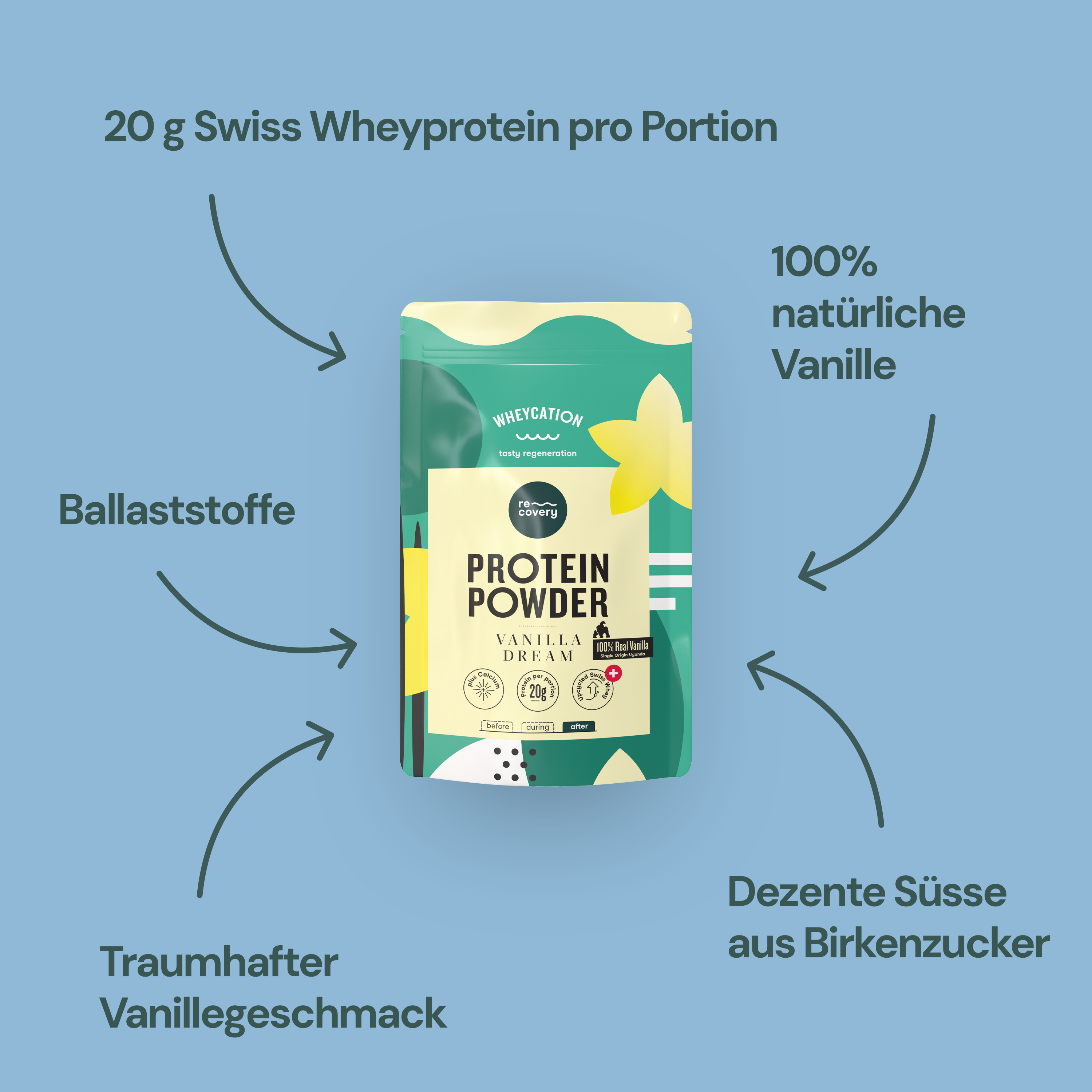
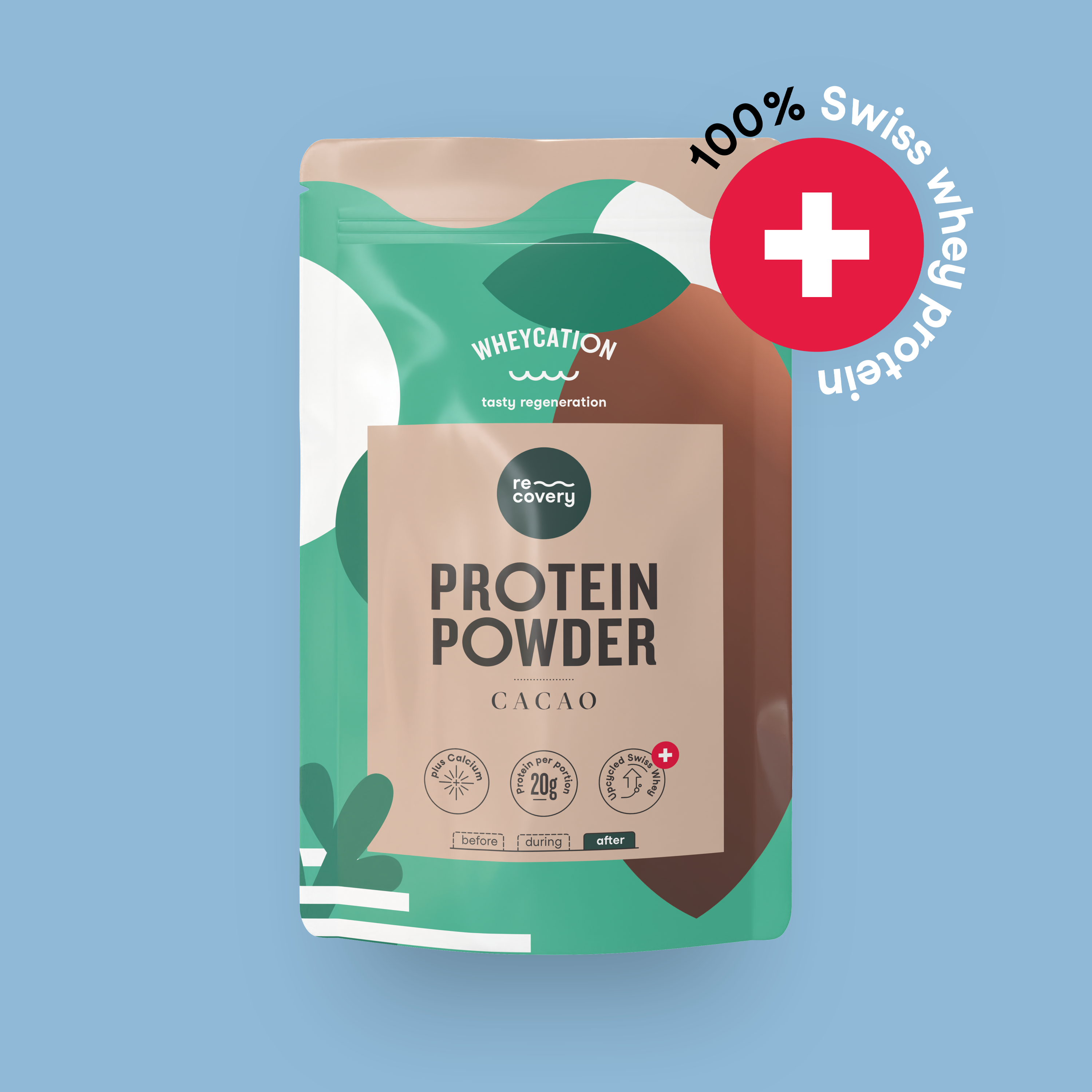

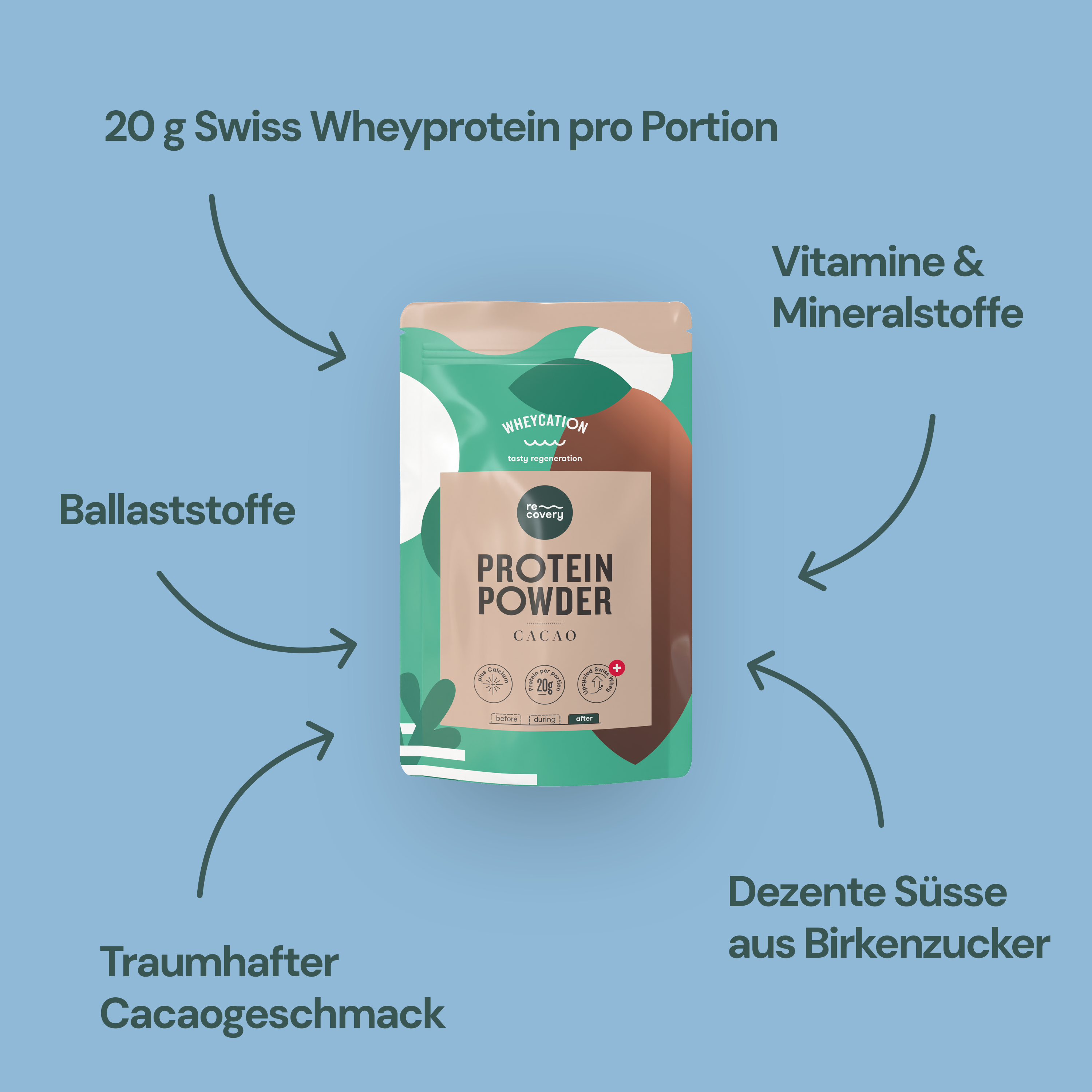
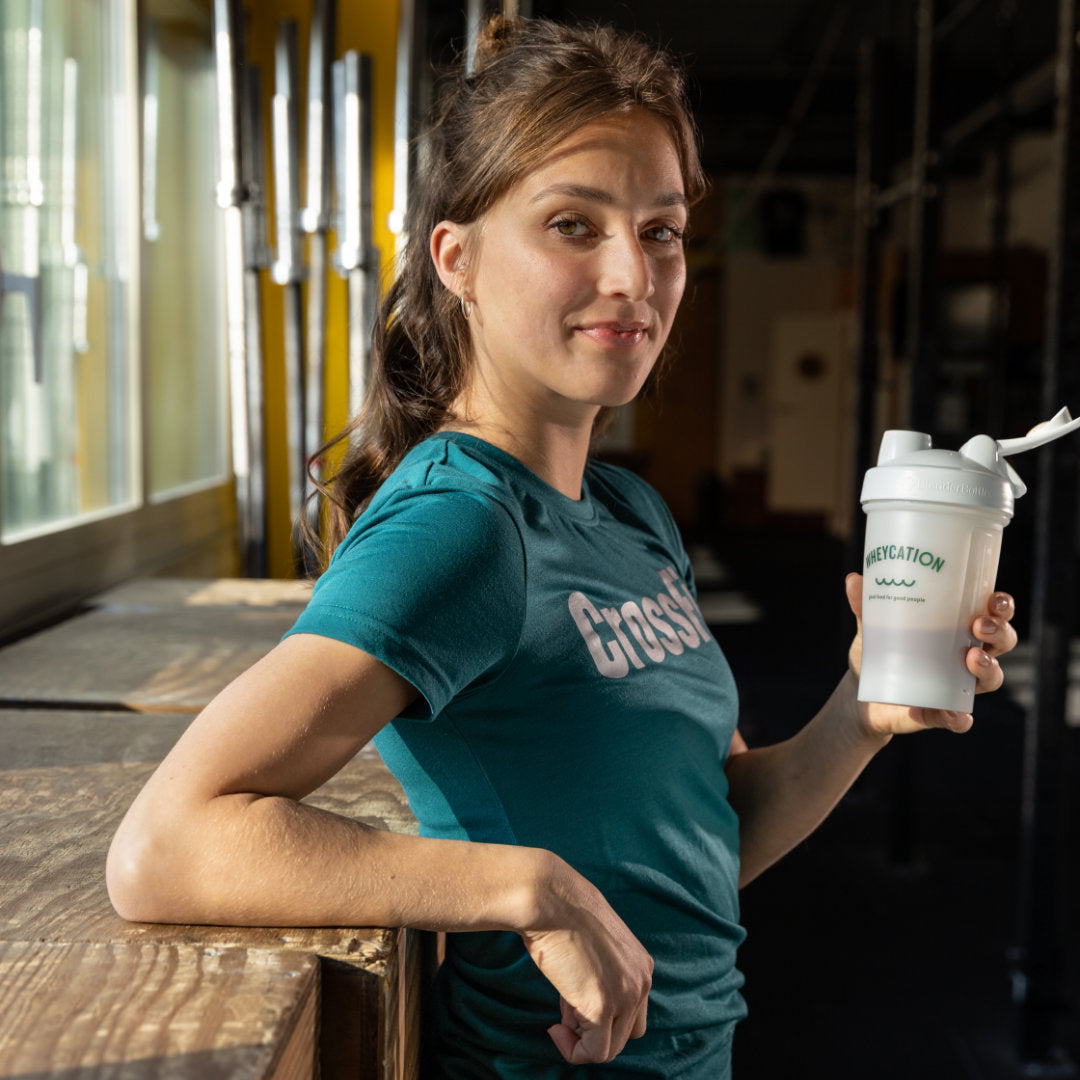
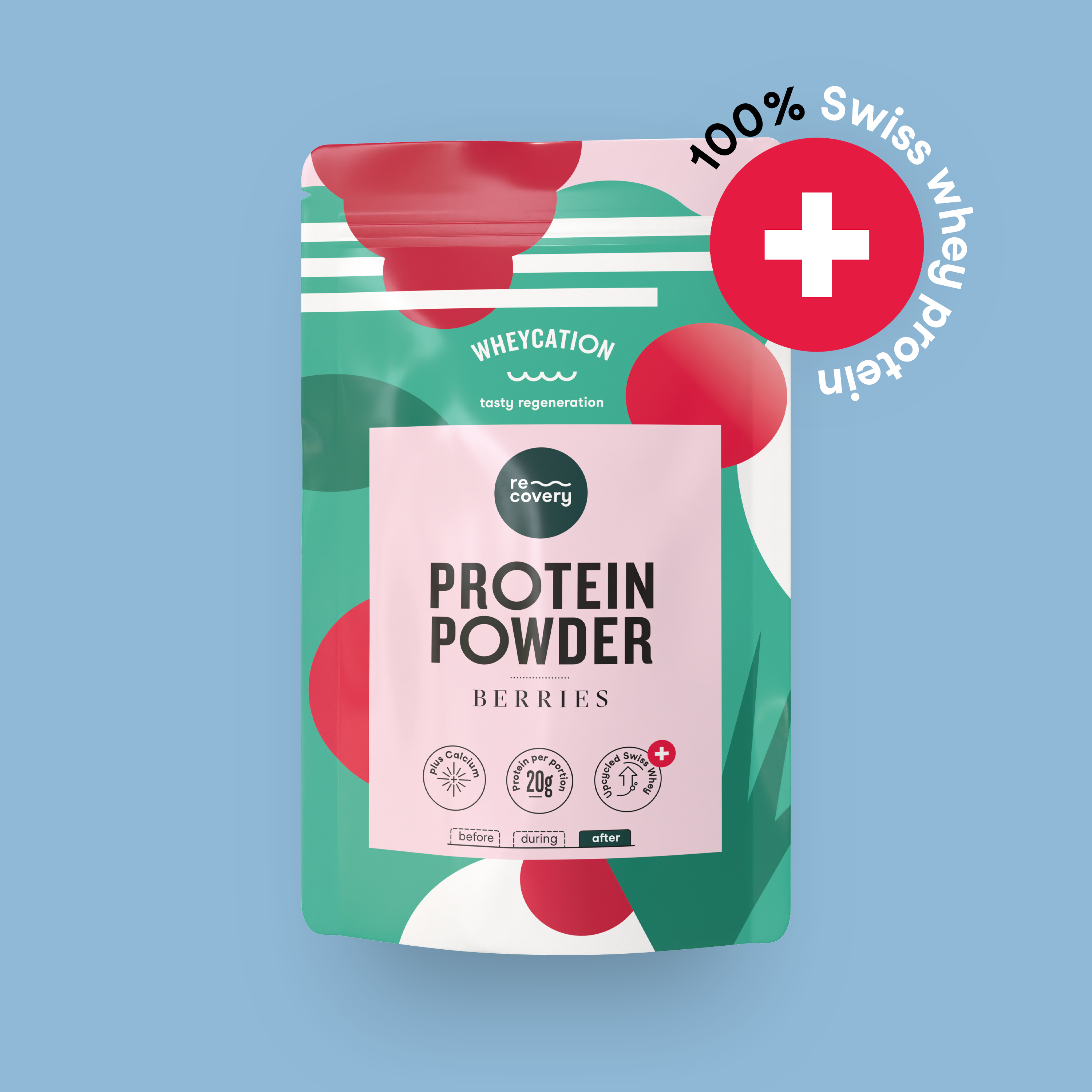
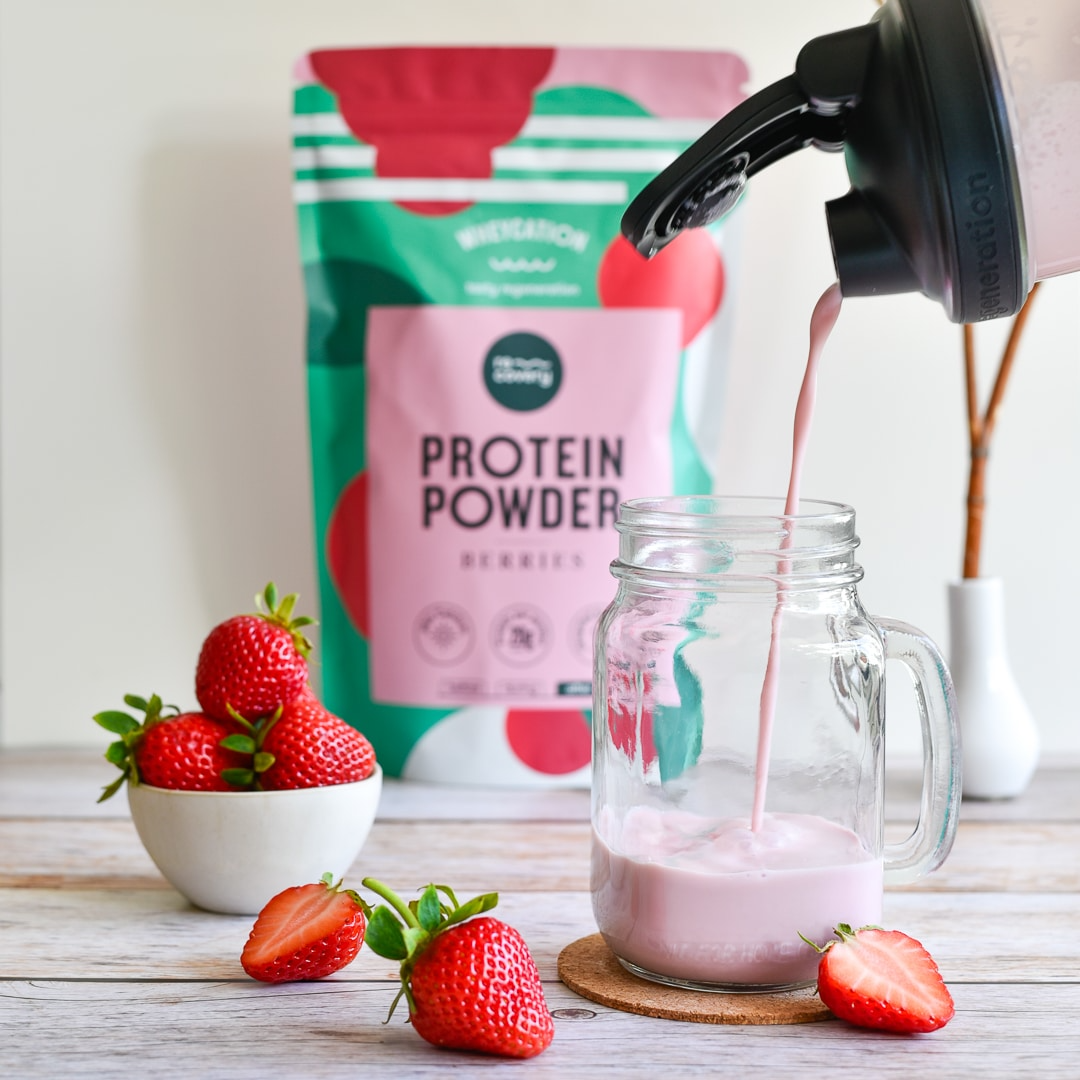

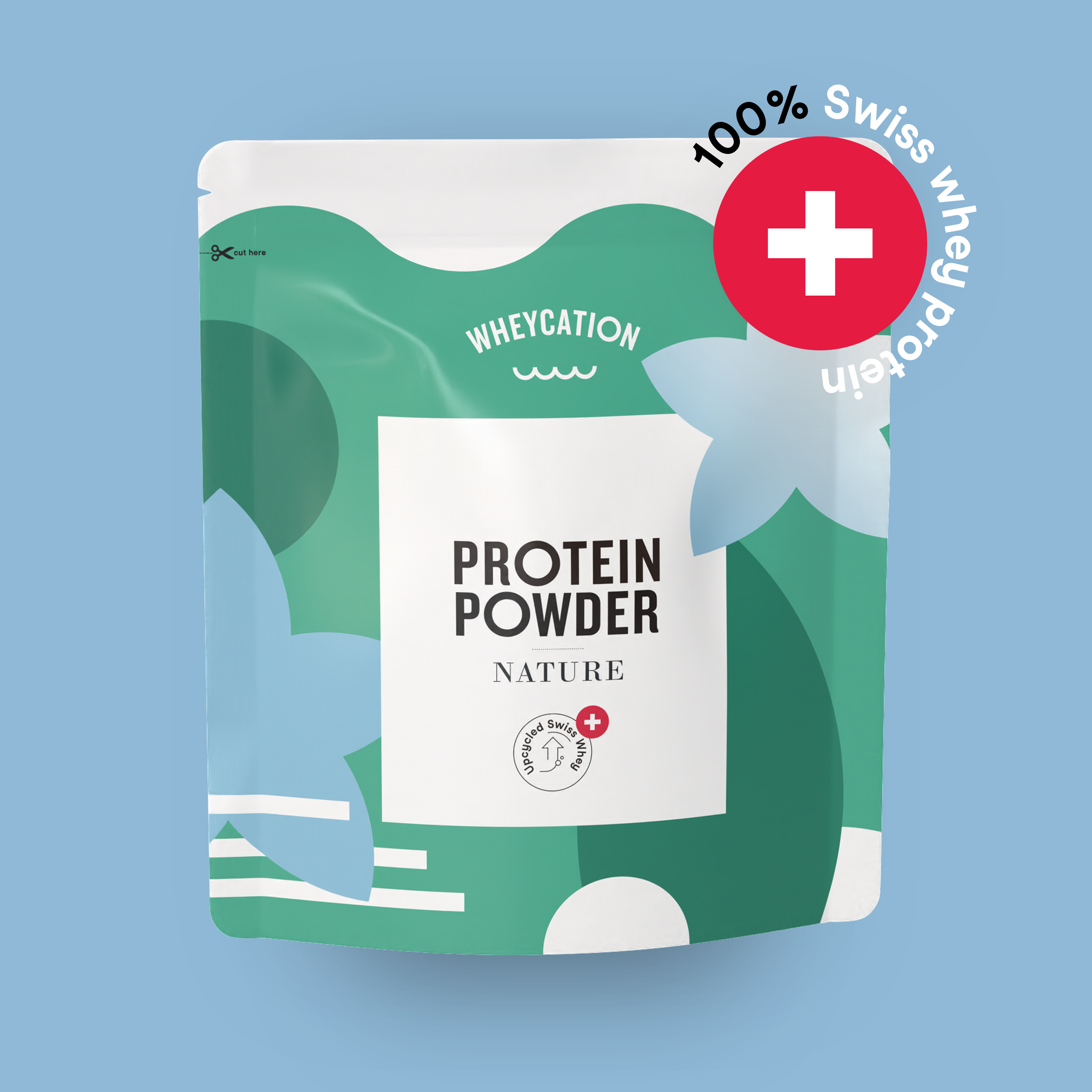
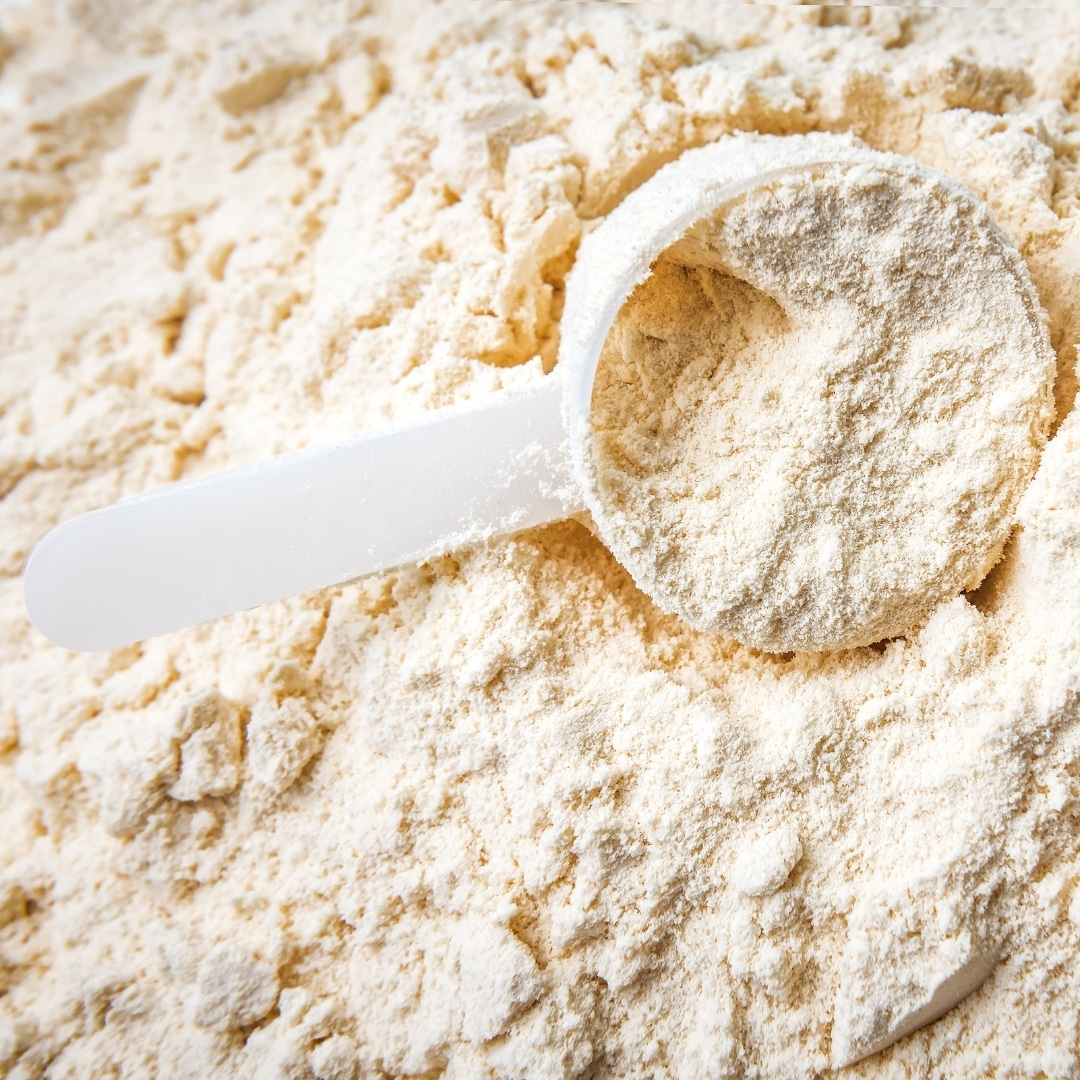
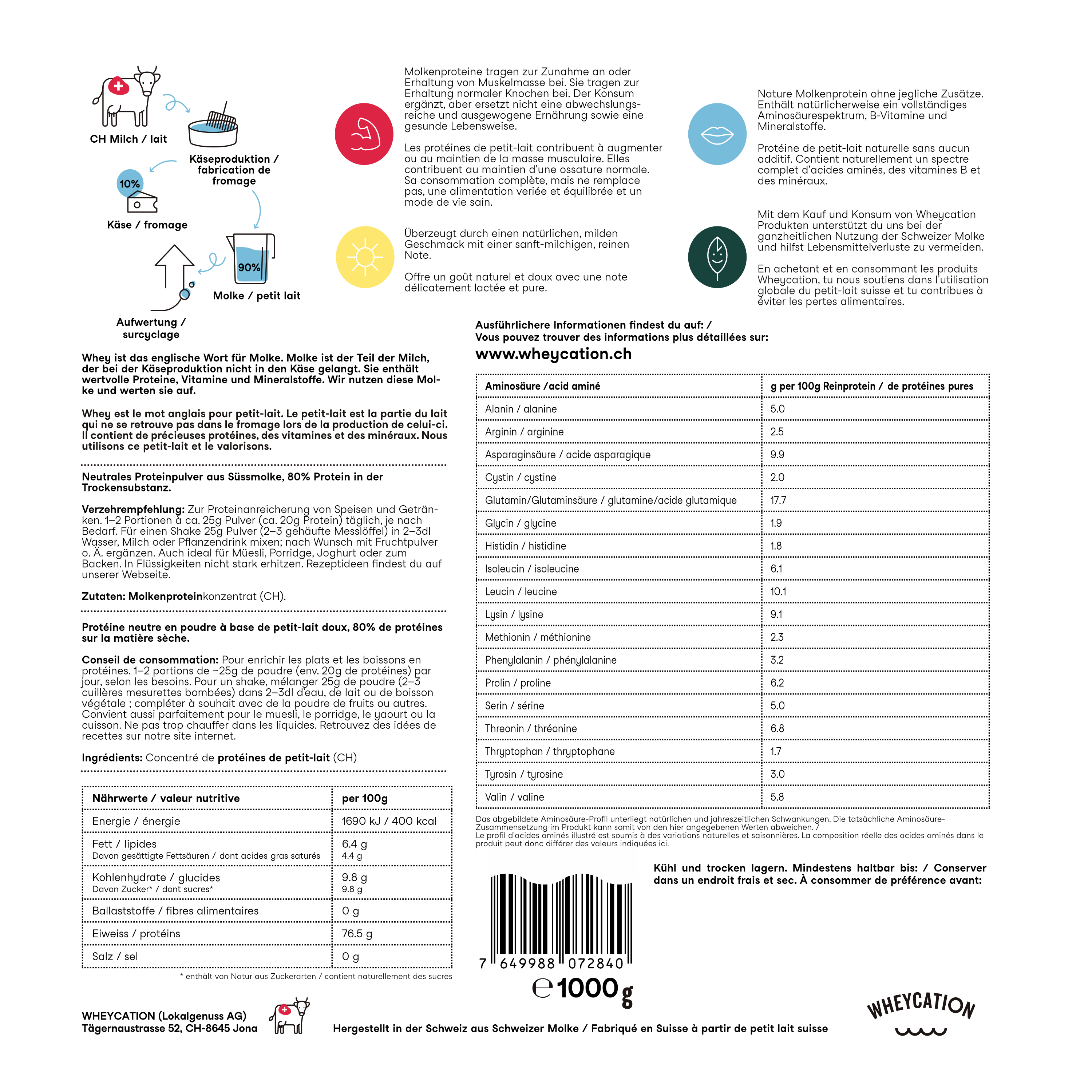
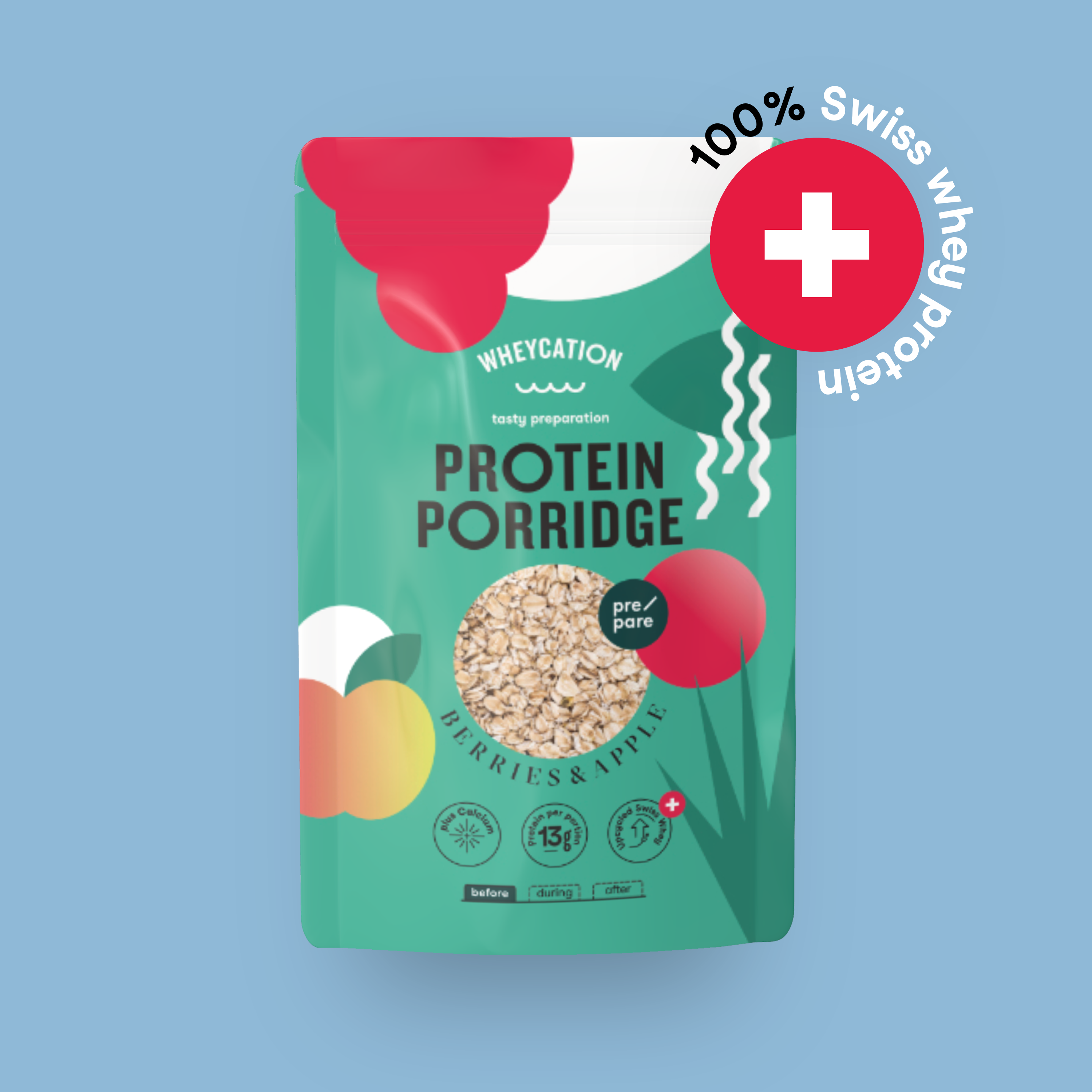


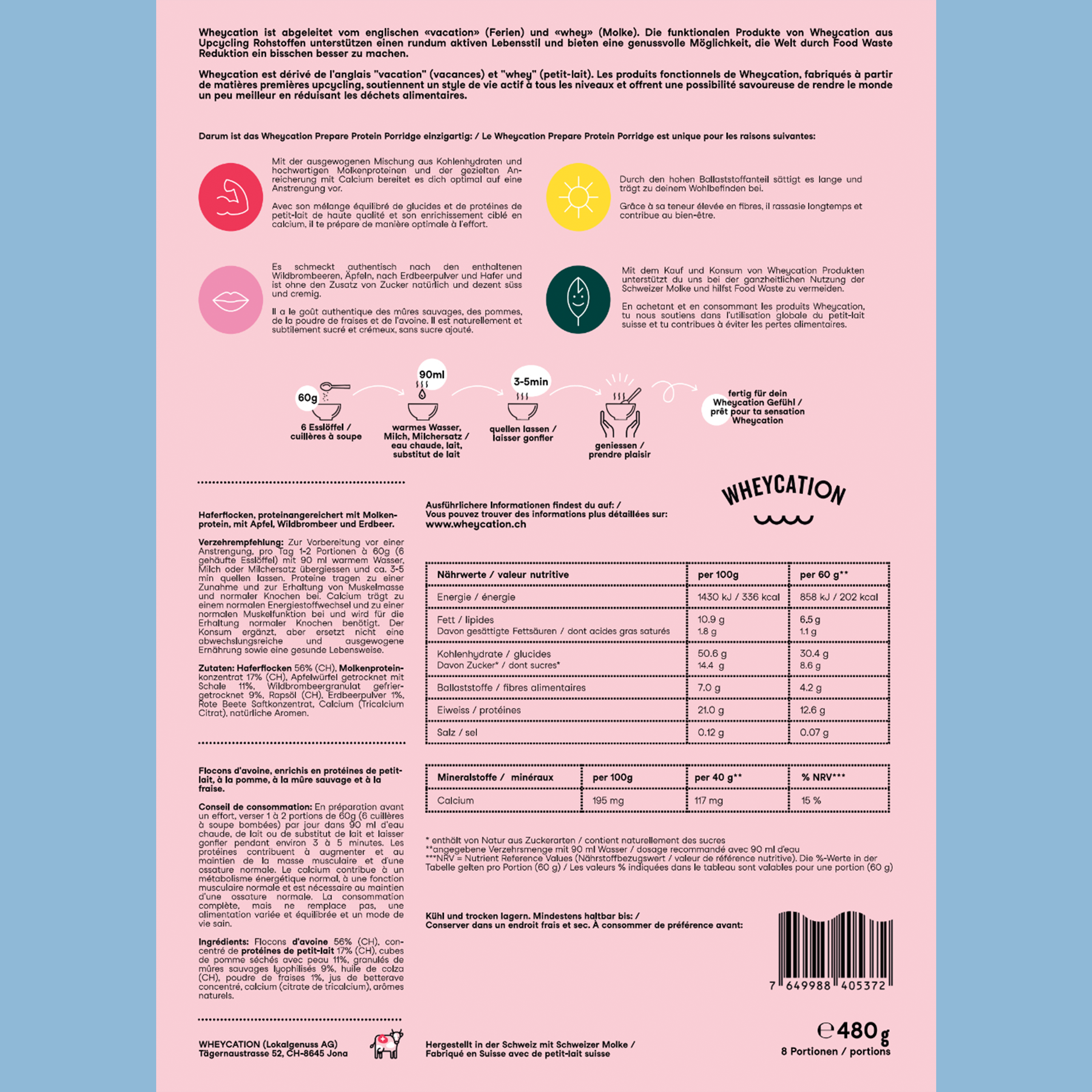
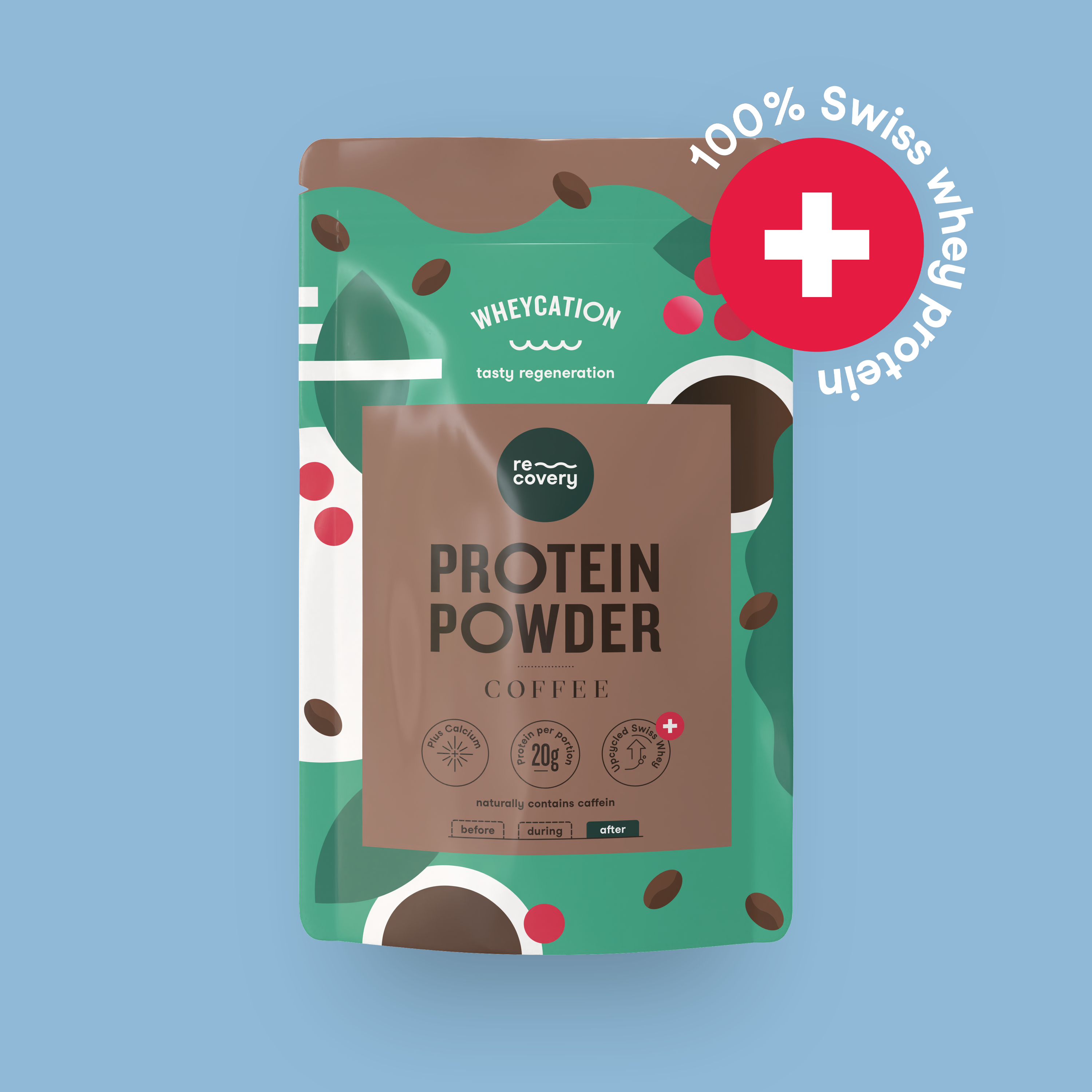
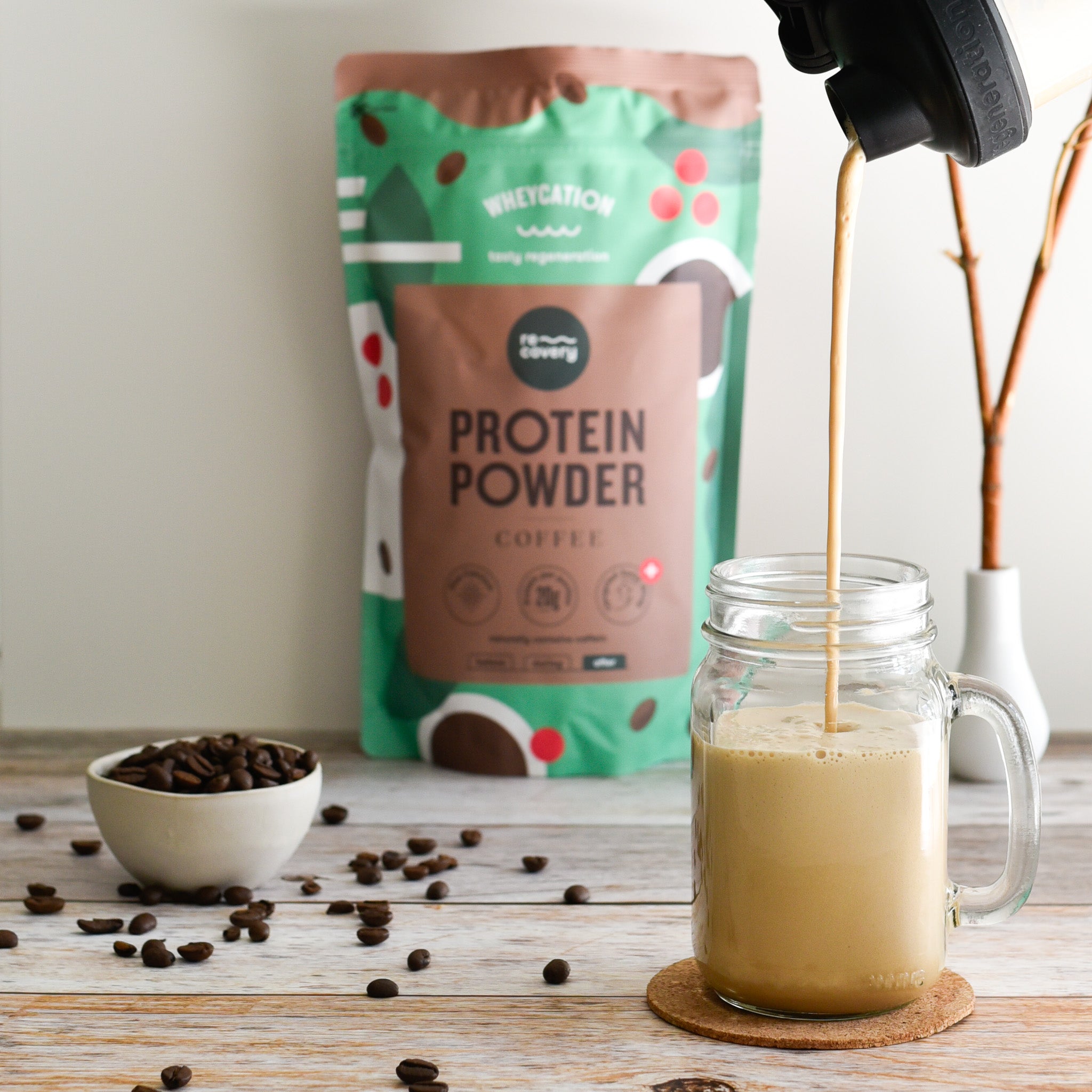




Split: